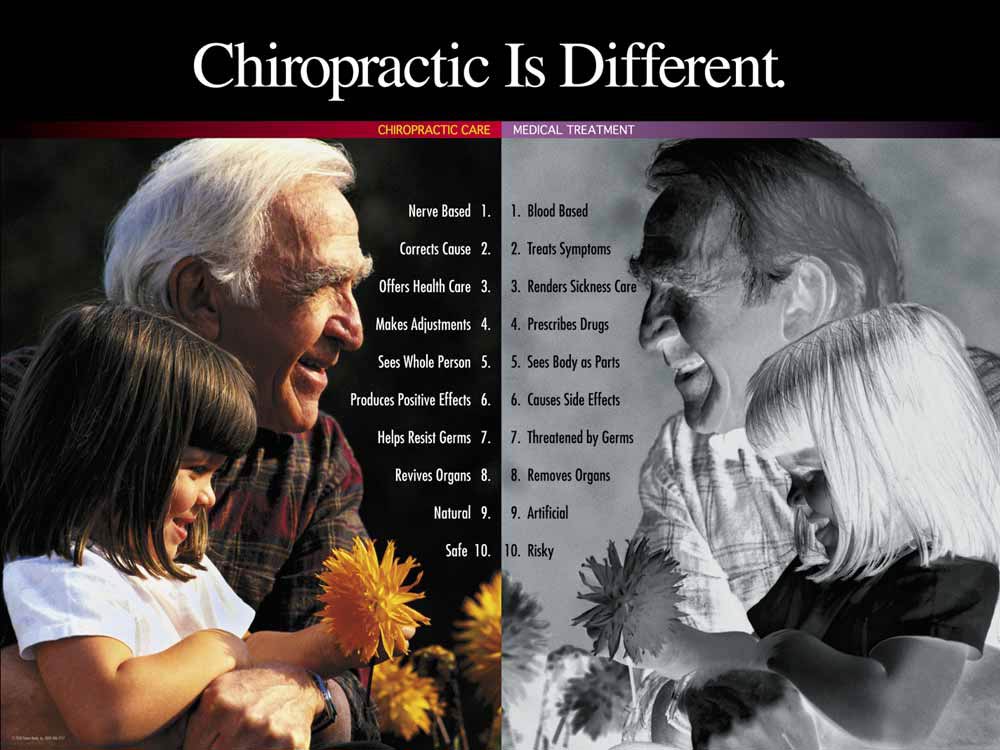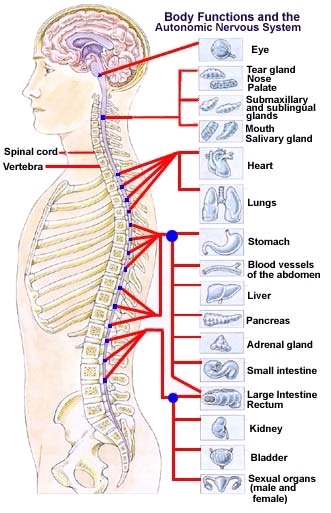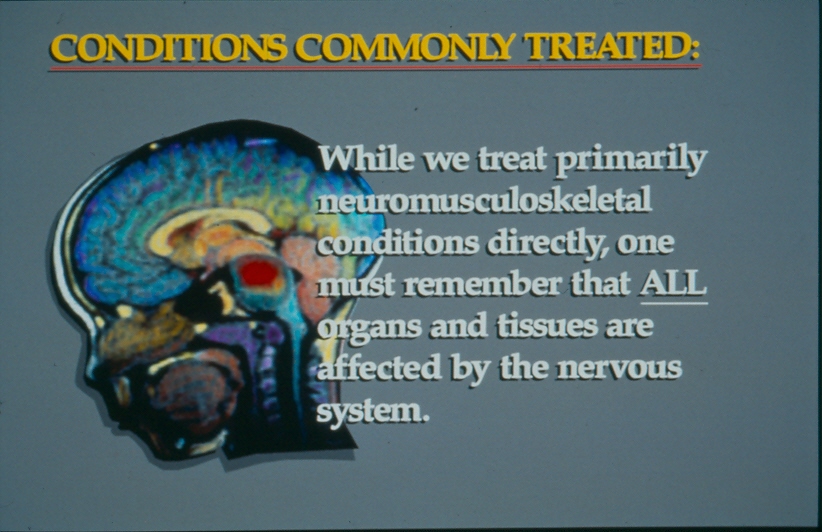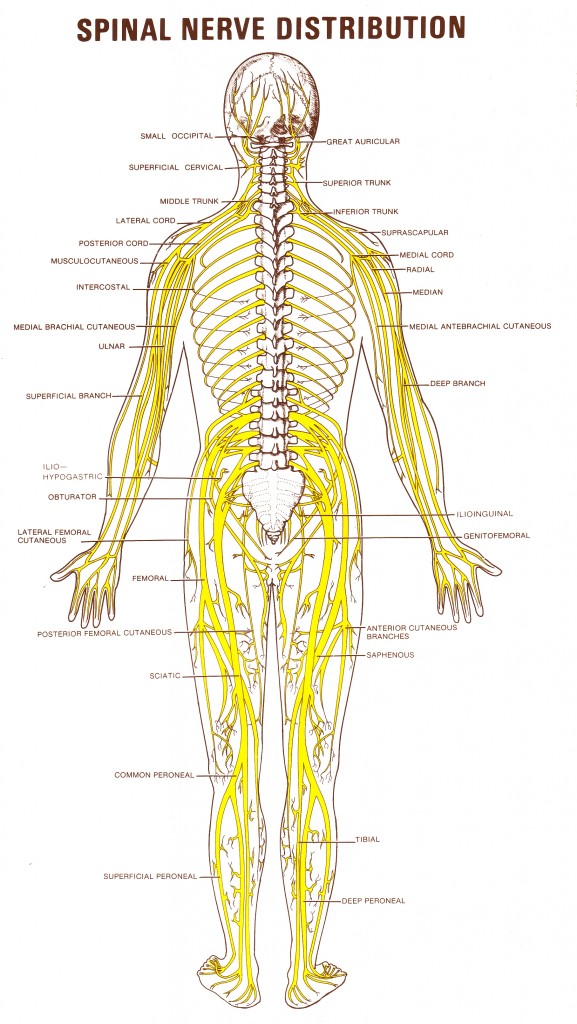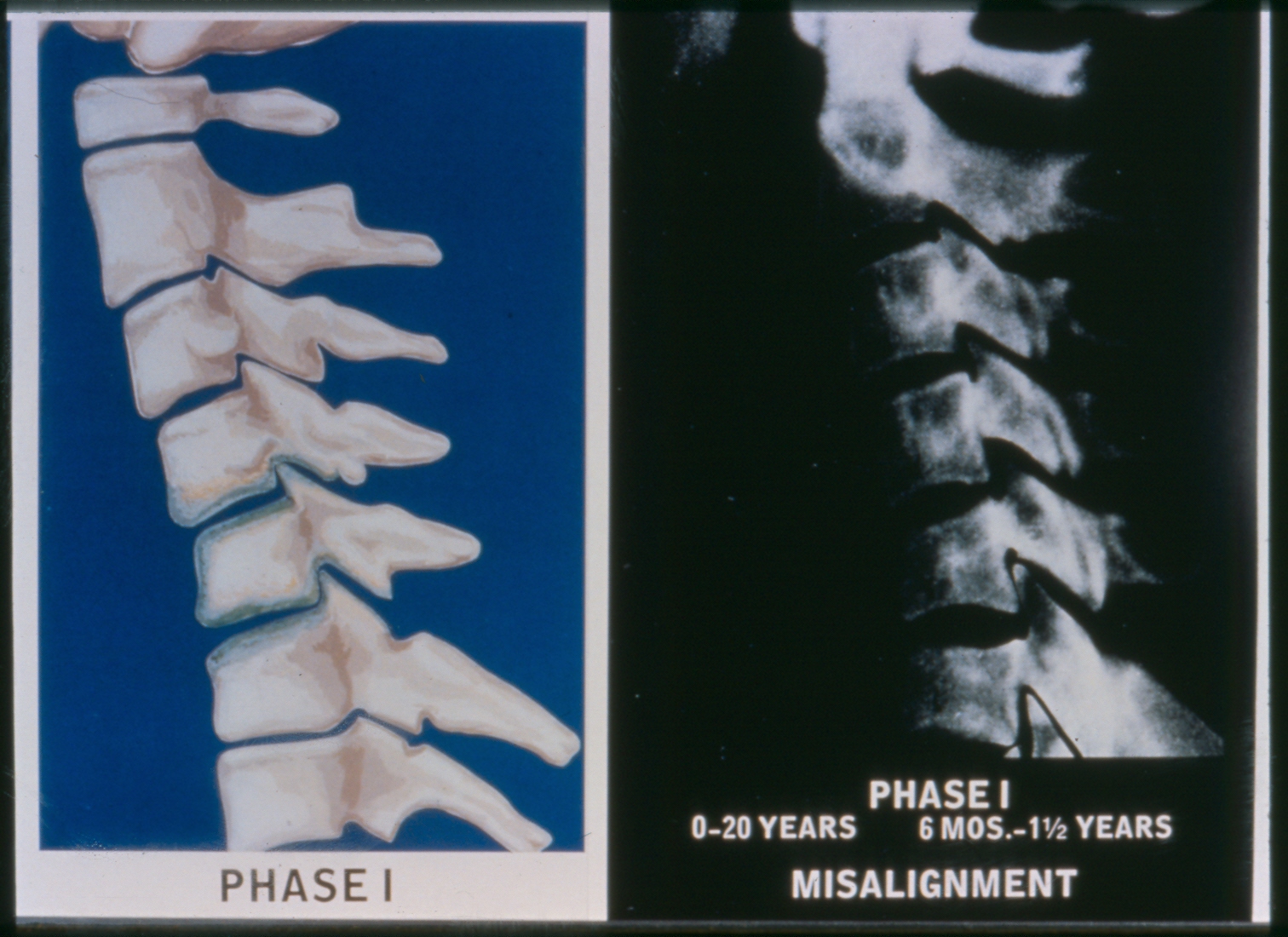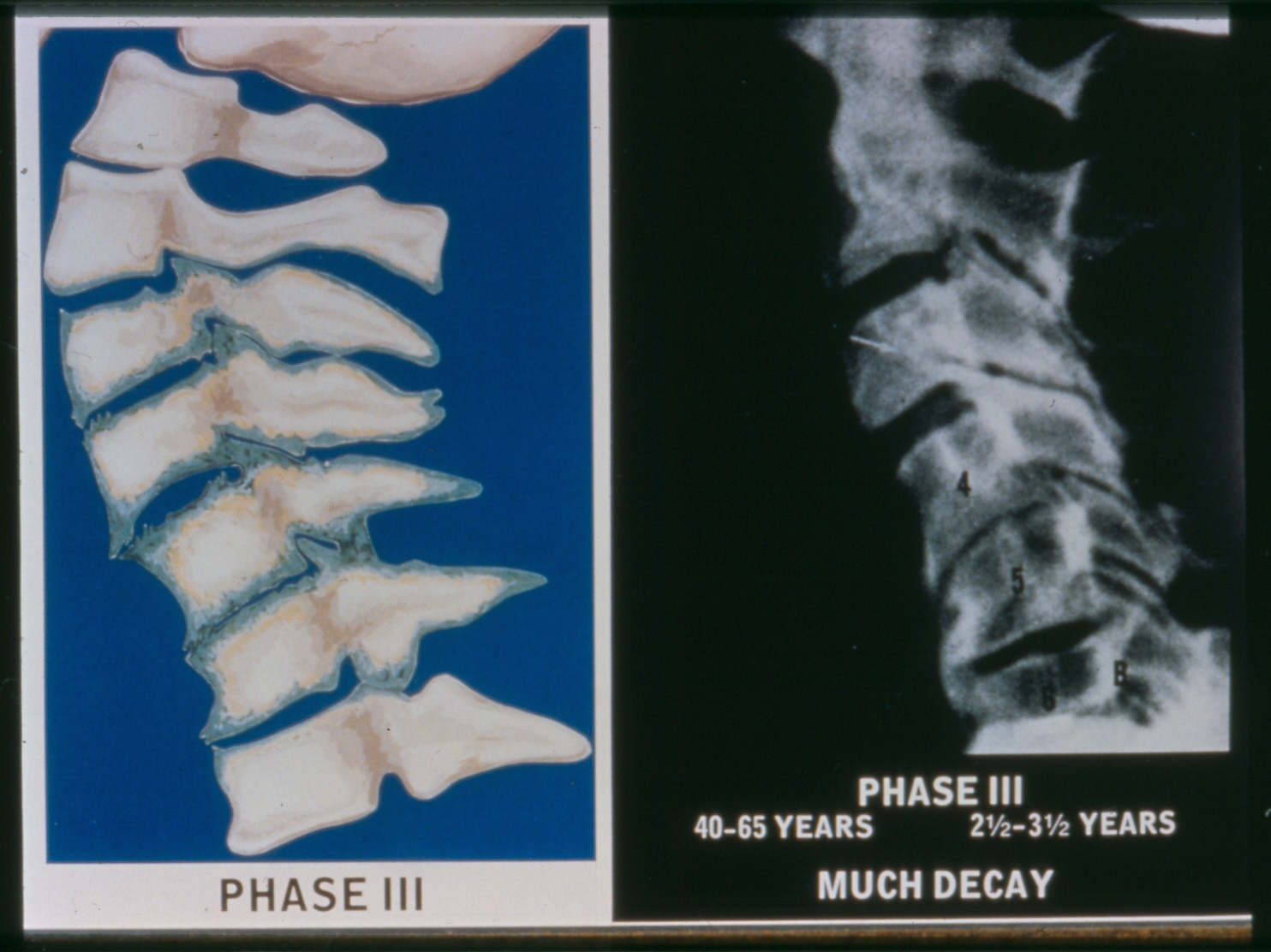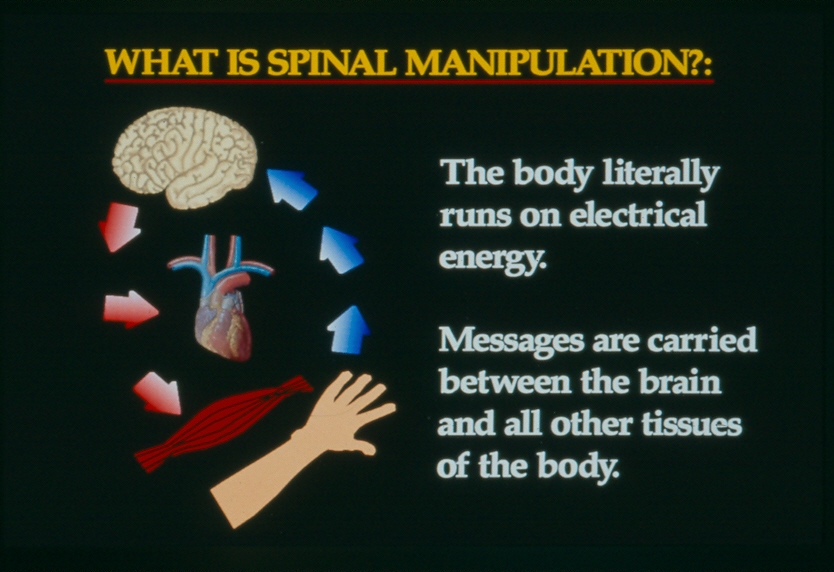FAQ
What can I do at home for the pain until my next visit?
Unless I have specifically told you otherwise you can always use ice to help relieve the discomfort. Do NOT put several layers of towel between you and the ice. You may put a single layer of washcloth between you and the ice, but nothing thicker. The ice should first feel cold, then it should give you a burning sensation and finally you should feel numb. The numb feeling is exactly what we are looking for.
If you did not purchase an ice pack from my office you can make your own by putting a little water in a “Zip lock” bag, sealing the bag and then laying it flat in the freezer until it freezes. Frozen vegetables also work well.
Another good way to use ice, is to freeze a small paper or styrofoam cup full of water. Then someone can use the ice in the cup to massage your painful area. As the ice melts they can just tear away the cup.
Make sure you are following all of my recommendations in the “Do’s and Don’ts” section of this website !!
If your pain increases substantially you should give me a call. If I am not in the office leave a message on the emergency extension (option #1). This will page me.
What is chiropractic?
The term itself is from the Creek: Chiro (hand), Praktic (to adjust). The history of chiropractic as it is known in the United States dates back to 1895.
Chiropractic is a branch of the healing arts which is based upon the understanding that good health depends, in part, upon a normally functioning nervous system (especially the spine, and the nerves extending from the spine to all parts of the body). Chiropractic stresses the idea that the cause of many disease processes begins with the body’s inability to adapt to its environment. It looks to address these diseases not by the use of drugs and chemicals, but by locating and adjusting a musculoskeletal area of the body which is functioning improperly.
Chiropractic’s approach is to establish and maintain optimal physiological activity by correcting abnormal structural relationships. Its goal is to organize the body in such a manner as to enable it to utilize its own biological resources for a return to normal function.
Chiropractic also places an emphasis on nutritional and exercise programs, wellness and lifestyle modifications as well as patient education for promoting physical and mental health. While chiropractors make no use of drugs or surgery, Doctors of chiropractic do refer patients for medical care when those interventions are indicated. In fact, chiropractors, medical doctors, physical therapists and other health care professionals now work as partners in occupational health, sports medicine, and a wide variety of other rehabilitation practices.
How does chiropractic differ from allopathic (“medical”) health care?
Although both of these primary health care providers start out with a very similar education and utilize many of the same diagnostic tools (history, x-ray, MRI, CT scan, nerve testing, blood test, lab test, etc.) the philosophical differences and principal tools of treatment are the defining difference. Medical doctors tend to treat immediately life threatening conditions (gun shot wound) and symptoms (high temperature). Their most important tools of treatment are drugs and surgery. Chiropractors, on the other hand, tend to treat the underlying cause of the symptom and they emphasize prevention. The key treatment tools of a chiropractor are the correction of structural problems (adjustments), nutrition and education.
For example, if you have a moderately high temperature (say 101°) of short duration, the MD will have you take an aspirin to bring the temperature down. The DC will tell you to rest and drink plenty of fluids and to make sure the temperature does not exceed 102°. The moderately high temperature is the MOST efficient, and safest way for your body to kill the infecting germs.Medicine treats the specific area where the problem is, while chiropractic treats your body as a whole. The “wholistic health care” practiced by chiropractors recognizes that the whole body works together. When you take an aspirin for a headache it also goes to your big toe. Does your big toe have a headache?
Obviously, both disciplines are necessary and have their place. More and more, both professions are working together to make sure you are in the right place, getting the right kind of care for your problem.
The conditions which doctors of chiropractic address are as varied and as vast as the nervous system itself. All chiropractors use a standard procedure of examination to diagnose a patient’s condition and arrive at a course of treatment. Doctors of chiropractic use the same time-honored methods of consultation, case history, physical examination, laboratory analysis and x-ray examination as any other doctor. In addition, they provide a careful chiropractic structural examination, paying particular attention to the spine.
Chiropractic treats most neuromusculoskelatal (having to do with nerves, muscles or bones) problems. This means that chiropractic works well on the following:
- Headaches
- Neck pain
- Pain/numbness in the shoulders, arms, hands
- Back pain
- Pain/numbness in the low back, legs, feet.
- Acute pain
- Chronic pain
- Pain after an accident or fall
- Sports injuries
- Arthritis
- Fibromyalgia
- Scoliosis
Chiropractic is also recommended for many other types of illnesses; especially nutritional problems.
What was the exam for?
The examination of the spine to evaluate structure and function is what makes chiropractic different from other health care procedures. Your spinal column is a series of movable bones which begin at the base of your skull and end in the center of your hips. Thirty-one pairs of spinal nerves extend down the spine from the brain and exit through a series of openings. The nerves leave the spine and form a complicated network which influences every living tissue in your body.
The first part of your exam consisted of asking you about the health complaints about which you are chiefly concerned. I also asked questions such as about your family history, dietary habits, other care you may have had (chiropractic, osteopathic, medical, etc.), your job, and other questions designed to help determine the nature of your illness and the best way to go about treating the problem.
A physical examination will be performed in accordance with sound clinical judgment, which may include x-rays, laboratory analysis and other diagnostic procedures. In addition, a careful spinal examination and analysis will be performed to detect any structural abnormalities which may be affecting or causing your condition. All of these elements are important components of your total health profile, and vital in evaluating your problem.
I have pain in my leg/foot (arm/hand), why are you treating my back (neck)?
All of the nerves associated with pain from the neck down exit through the spine. The nerves which are related to pain in the upper extremities (shoulder, arm and hand) generally exit from the spine in the neck. While the nerves linked to pain in the lower extremities (hip, leg and feet) exit the spine in the low back. Often, the pain you are experiencing in your extremities is really due to a problem in your back (subluxation, pinched nerve, spasm, swelling, etc.). When one, or a combination, of these is the cause of your pain, chiropractic is particularly effective in treating the problem. The mechanism is similar to the relationship of a ceiling light and the corresponding switch on the wall. When you turn the switch off the light on the ceiling goes off. The cause of the light going off had nothing to do with the bulb in the ceiling. Depending on your exact circumstance, you may be treated with any one of, or a combination of, spinal manipulation, physiotherapy, exercise, alteration in activities of daily living, or nutrition.
What is a subluxation complex?
A subluxation is a slight dislocation or biomechanical malfunctioning of the vertebrae (bones of the spine). Subluxations can irritate nerve roots and blood vessels which branch off from the spinal cord between each vertebrae. This irritation can cause pain and dysfunction in muscle, lymphatic and organ tissue as well as imbalance in the normal body process.
Near Normal
Near normal as seen from the side view of the neck reveals that the outlines of the spinal bones and the joint surfaces are smooth and regular. The normal forward curve is present and the openings through with the spinal nerve roots pass are unobstructed. There is no sign of the Vertebral Subluxation or Subluxation Degeneration.
Phase I – Subluxation
Phase I is usually experienced from birth to the age of 20. This phase is characterized by improper motion and position of the spinal bones and on alteration of the normal spinal curves. Abnormal spinal function, nerve system impairment and ill health begins.
Phase II – Subluxation Degeneration
Phase II is usually found in those between the ages of 20 and 40 years. Disc spaces begin to narrow and calcium salts are deposited, creating a rough, jagged appearance to the vertebrae. Progressive ill health of the spine and body results. If left uncorrected, Phase II Subluxation sets the stage for Phase III Subluxation.
Phase III – Subluxation Degeneration
Phase III can occur between the ages of 40 and 65. Tissue decay and calcium salt deposits increase as fusion of the spinal bones begins. Although function of the spine and body can be improved, optimum health will probably never be regained. If left uncorrected, the final act of Subluxation Degeneration unfolds.
- Phase 4 Subluxation Degeneration
Phase IV – Subluxation Degeneration
Phase IV has set in when the affected vertebrae have lost their identity and function, fusion together in irregular blocks of calcium. These destroy nerve fibers and joint fusions can be seen after the age of 65 in some patients. Phase IV is a very serious condition and typically unresponsive to care.
How did I get this subluxation?
There are three ways in which people get subluxations:
1. Trauma – A physical thing (such as a fall, continuous trauma, or auto accident).
2. Emotional Strain – Intense worrying, extremely upset.
3. Chemical Imbalance – Toxins, poor nutrition.
What is an adjustment?
An “adjustment,” as doctors of chiropractic use the term, means the specific manipulation of vertebral joint, or other body joint, which have abnormal movement patterns or fail to function normally. Doctors of chiropractic (DC) spend years learning motion palpation (the art of examining by movement or touch) and other forms of spinal examining procedures, so that they can administer specific and appropriate spinal adjustments.
Once the DC has identified the problem, he/she will begin care by way of these adjustments or “manipulations.” Particular attention will be paid to that area of your spine where a spinal derangement or “subluxation” has been detected. The adjustment is usually given by hand or “activator” or blocking type instruments, and consists of applying pressure to the areas of the spine that are out of alignment or that do not move properly within their normal range of motion.
Doctors of chiropractic use many sophisticated and varied techniques, and the specific procedure to be used will be determined and explained completely to you following a careful evaluation of your radiographs (if taken) and physical findings.
Under normal circumstances, adjustments don’t hurt. The patient may experience a minor amount of discomfort during the adjustment which lasts only seconds. Adjustments or manipulations are extremely safe. The risk factor is estimated to be in excess of 1 million to 1.
What can I expect?
After the first TX?
How you respond to your treatments depends a lot on you. It will depend on how long you waited to come in for treatment, how severe your injury is, your age, your general health, your physical conditioning and your attitude; to mention a few.
For the vast majority of people, after your first treatment you will feel a little “looser” almost immediately. You will feel the fact that you have a little more range of motion. Most people notice a little less pain. A few, approximately ten (10%) percent feel more sore than when they came in. If you do feel more sore it should not be a reason for alarm or to discontinue treatment. You may not have relaxed during the adjustment (the most common cause) or you may have a lot of spasm or swelling. Don’t worry, this discomfort (if you have it at all) will get better, often times in just a few hours. You should look at the section above titled, “What can I do at home for the pain until my next visit”.
Even though you are probably feeling better after your first treatment, some of the discomfort may come back and you may actually feel worse after a few hours. This is fairly common. We are moving parts of your body that have probably not been moving much for quite a while. Just because a “couch potato” runs around the block and gets sore does not mean that exercise is bad! If your pain does flare up you should read the section above titled, “What can I do at home for the pain until my next visit”.
Over the course of my treatment?
There is considerable variation in how people return to full health. Some of the factors which affect how you will regain you’re health include, age, chronicity of your pain (how long you have had your pain), physical conditioning. general health, nutritional status, mental well being (are you under a lot of stress?), other diseases (e.g. diabetes, hepatitis), and your participation (the Do’s and Don’ts).
You will probably find that you have good days and bad days during your course of treatment. Overall, you should find that you have more and more good days and that your overall level of pain decreases. You will also find that your range of motion (how far you can bend and twist) will also gradually increase with time.
I’m feeling better and don’t understand why I need to keep getting treatments?
If you have ever had a broken arm or leg, you know that it felt perfectly OK a day or 2 after the cast was put on. You also know that the broken bone is not healed just because it feels OK! The same is true (and even more so) with your neuromusculoskeletal problem. The tissues will take time to lay down new fibers and for those fibers to adapt to the type of movement they will be called on to perform. These soft tissues (muscles, ligaments, tendons and nerves) actually heal slower than the hard immovable bones. A broken bone often takes 6 to 8 weeks to heal to the point where the cast is taken off and even at that point the bone is not completely healed! Remember that pain is the last symptom to appear and the first to go away!
Why do I have this pain?
Your pain could be due to any one of many causes. The most common causes of neuromusculoskeletal (having to do with nerves, muscles and/or bones) are one or more of the following:
- Subluxation: See above.
- Muscle spasm: Muscles tightening up to guard an area.
- Sprain/Strain: Injury to muscles, tendons or ligaments.
- Cyclic pain syndromes: Pain which causes a response which causes more pain.
What is this going to cost me/Billing
There are many ways for you to pay for the care you will receive in my office. I have listed many of these payment options below. Most of these payment options have even more options! The way we pay for health care is becoming more complex (and convoluted) on a daily basis. Even though my office has made every reasonable effort to investigate your particular situation the company you are insured with often gives us incorrect information and they are not bound by the information they have given us. We will make every effort to keep you informed and work with you in any reasonable way we can. If you ever have any questions about your bill, please feel free to ask at the front desk. The following is a list of the more common ways your care may be paid for:
- Cash
- Group Insurance Indemnity Insurance
- PPO Insurance
- HMO Insurance
- Worker’s Compensation
- Personal Injury/Lien
- Auto Med Pay
- Medicare
- Concierge Plan
- Our Medi-Cal plan
